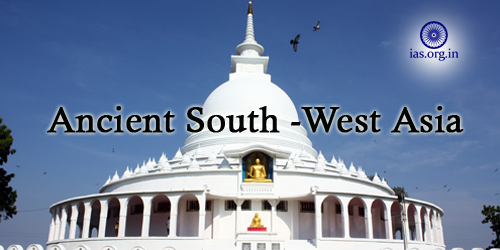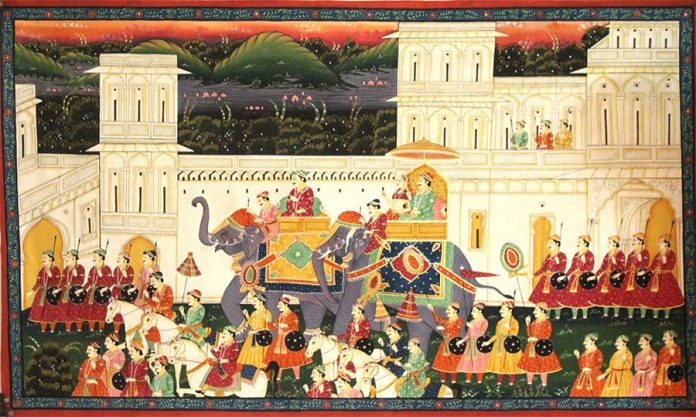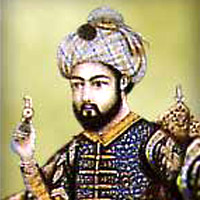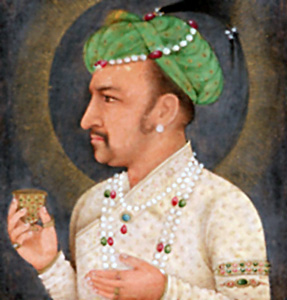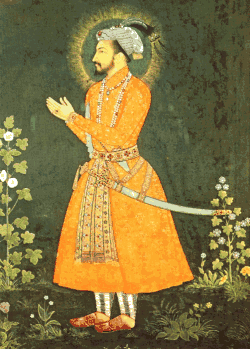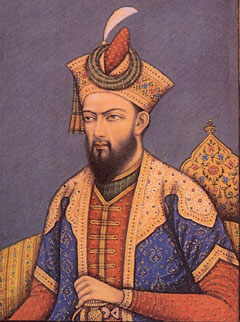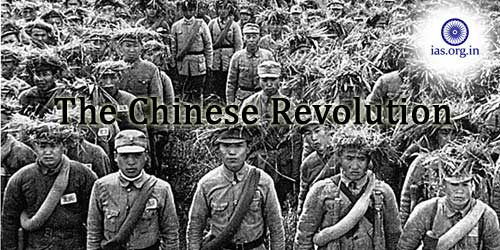An abortive effort to solve the political deadlock in India was made in 1945. Lord Wavell invited the leaders of all sections of political opinion. A conference was held at Simla. Discussions went on for about one month. The Wavell Plan, in its essence, was the complete Indianisation of the Executive Council. The caste Hindus and Muslims were to be represented on it on the basis of parity. Mahatma Gandhi resented the use of the words “caste Hindus”.
The Muslim League clamoured for having the representation of the Muslim members of the Council. The Congress, being a national organisation, insisted on the nomination of its representatives from all the communities. The conference met with failure because neither the Congress nor the League was prepared to deviate from the stand taken by them.
General elections were held in the United Kingdom in 1945. As a result of these elections, the Labour Party came to power. The Labour Party wanted to transfer power to the Indians as a matter of political expediency. A mission consisting of three Cabinet Ministers of the British Government—Sir Stafford Cripps, Lord Pethick-Lawrence and A. V. Alexander—was, therefore, sent to India to resolve the political deadlock.
The mission reached New Delhi on March 24, 1945. From the third week of March to the middle of June 1945, the three British Ministers along with Lord Wavell had a series of conferences with all the important political leaders of India representing every important party. Towards the end of their stay in India, they announced their plan regarding the future political set-up for India, known as the Cabinet Mission Plan.
Read Also: India Under Viceroys
The plan rejected the demand of the All India Muslim League for partition of the country and establishment of a fully sovereign Pakistan. It envisaged a confederation consisting of three groups of autonomous states vesting the powers of three departments—Defence, External Affairs, and Communications— in a Central Government and all the remaining powers with the groups themselves. Each of the groups was free to have a separate constitution of its own choice, thus, giving ample scope for both the leading religious groups-—Hindus and Muslims—to enjoy complete autonomy in areas where they were in a majority.
The plan had two parts, namely, a long-term programme and a short-term one. While the long-term programme was concerned with the future political setup on a permanent basis, the short-term programme was intended to establish an immediate Indian Government.
The Muslim League accepted both parts of the plan while the Indian National Congress decided that it would unreservedly accept only the long-term programme. As a result, the Muslim League later on rejected the plan as a whole and declared that it would resort to Direct Action to achieve its own demands.
Meanwhile, elections in the British Indian provinces were completed and the provincial autonomy scheme of the Government of India Act, 1935 was given effect to by forming popular ministries in all provinces. But the question of forming an interim cabinet at the Centre still remained unresolved. As a temporary measure, a caretaker government of senior Civil Service officials was formed by the Governor-General towards the end of June 1946.
Must Read: Governor Generals and Viceroys of India
In the elections to the Central and provincial legislatures held in 1946, the Congress captured an overwhelming majority of seats from the general constituencies whereas the Muslim League captured a thumping majority of seats from the Muslim constituencies. Elections to the Constituent Assembly were also held.
On August 12,1946, Lord Wavell invited Jawaharlal Nehru to consider proposals for the formation of an interim government at the Centre. The discussions bore fruit and an interim government was formed on September 2, 1946. The Muslim League at first refused to join it but later on, it did so. It, however, continued to boycott the Constituent Assembly.
In the meantime, resort to Direct Action by the Muslim League had already resulted in widespread communal disturbances of a magnitude unprecedented in India. Thousands of innocent people belonging to both the communities were killed. The entire country was caught in the grip of the communal frenzy of the worst order. Even the Muslim League nominees joining the interim government a few weeks later did not bring the situation to normalcy.
A ticklish situation was created due to the Muslim League’s participation in the interim government and non-participation in the Constituent Assembly. An attempt to establish the practice of collective responsibility in the interim government failed on account of the hostile attitude of the Muslim League. Ultimately, the Muslim League withdrew from the interim government and demanded the dissolution of the Constituent Assembly of India on the ground that it was not fully representing all sections of the Indian people.
It was on February 20, 1947, that British Prime Minister Clement Attlee announced that the British Government was determined to transfer power to responsible Indian hands and fixed June 1948 as the final date for the purpose. If within that period, Indian leaders fail to produce an agreed solution, the Britishers would not stay in after that date and would hand over power to one or more than one government.
For the purpose of taking necessary steps for transfer of power, the British Government thought that Lord Wavell was not equal to the situation and, therefore, the appointment of Lord Wavell was terminated and Lord Louis Mountbatten was appointed to succeed him as the Governor-General.
Don’t Miss:




